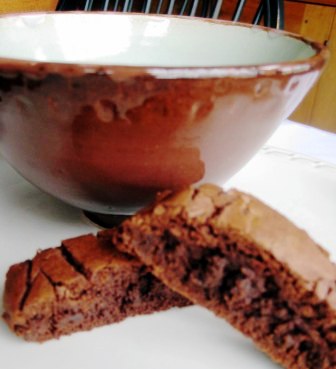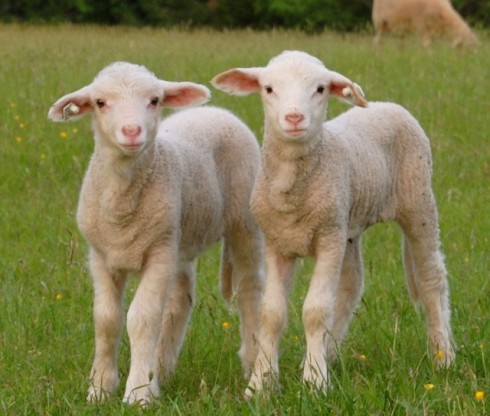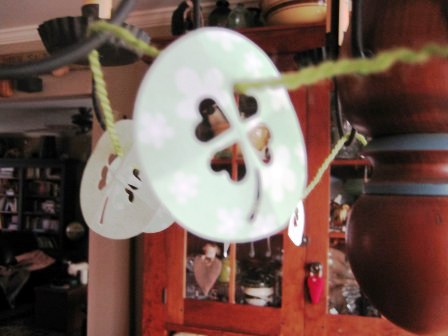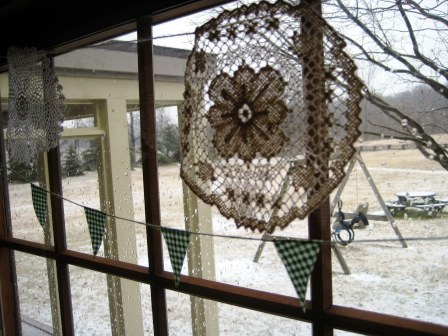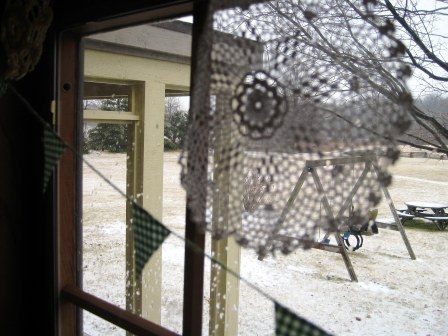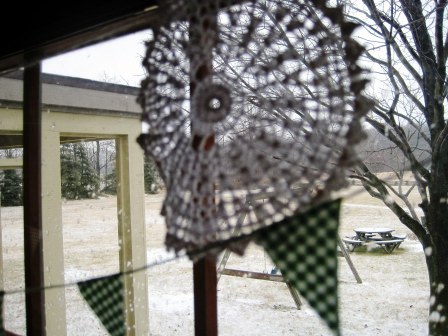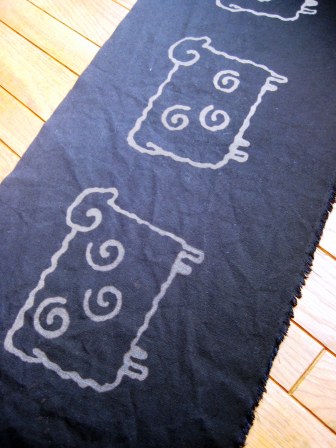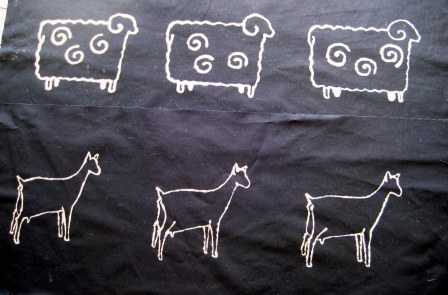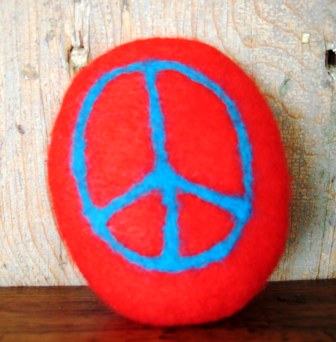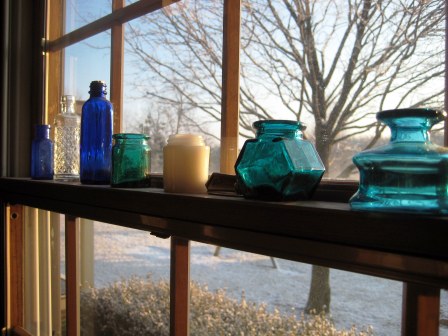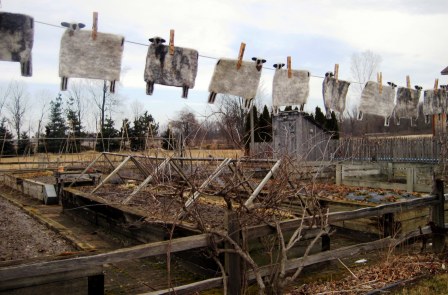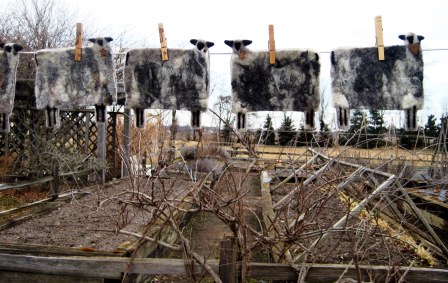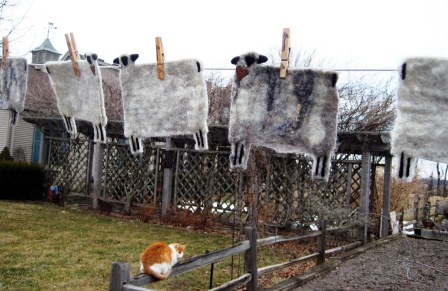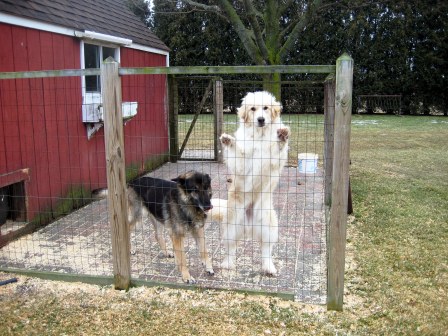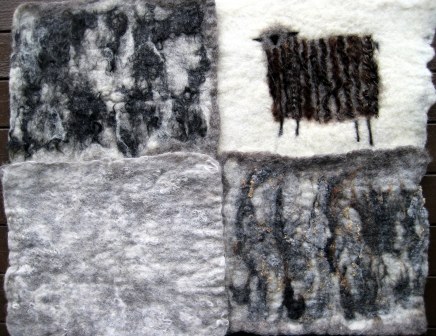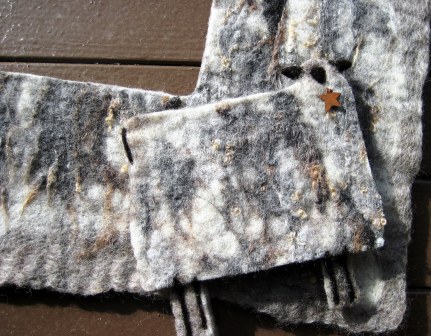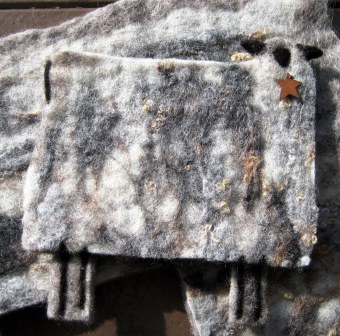What is Fat Tuesday?
Fat Tuesday is Mardi Gras, a famous festival in New Orleans, Louisiana. “Gras” is French for fat and “Mardi” is French for Tuesday. The annual festivities start on January 6, the Twelfth Night Feast of the Epiphany, when the three kings visited the Christ Child, and build to a climax on Mardi Gras, or Fat Tuesday – which always occurs on the day before Ash Wednesday. The parties, parades and festivities will continue until Lent (in the Catholic faith) begins at the stroke of midnight on Tuesday. Mardi Gras is a legal holiday in New Orleans and has been celebrated for two centuries in New Orleans, except during the two World Wars.
Many Polish Americans celebrate Pączki Day on Fat Tuesday (the day before Ash Wednesday). In Poland, pączki are eaten especially on Fat Thursday (the last Thursday before Ash Wednesday). A pączek is a deep-fried piece of dough shaped into a flattened sphere and filled with custard or other sweet filling. Pączki are usually covered with powdered sugar, icing or bits of dried orange zest. A small amount of grain alcohol is added to the dough before cooking; as it evaporates, it prevents the absorption of oil deep into the dough.
In the Metro Detroit area, it is so widespread throughout the region that many bakeries have line-ups for pączki on Pączki Day. Traditionally, the reason for making pączki was to use up all the lard, sugar, eggs and fruit in the house, because they were forbidden to be consumed due to Catholic fasting practices during Lent.
If you love to bake and you’re looking for a lighter ‘sweet’ treat alternative for Paczki Day, here’s a family favorite – my Oma’s ‘Wochteln’ – a simple yeast dough that’s filled with jam/preserves.
First, meet my Oma – she’s on the far left, with her sister, Resitant. That’s me in yellow and my Tante Mina. My Oma was born in 1902, and sadly, all in the photo are now deceased. This photo was taken in August, 1972 in a little town of Northern Austia… where my mom was born in 1925. I was fortunate to spend three summers with relatives in Austria!

This is Rastenfeld, a small village in Nieder Osterreich (Austria) where my mom was born. My Opa (whom I never met) was the village blacksmith.
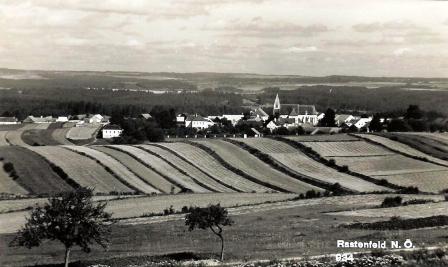
But, I’ve digressed!

Here’s a whole pan of fresh-baked wochteln goodness!

They pull-apart for individual ‘servings’ (half the tray went with my son on his last weekend visit).
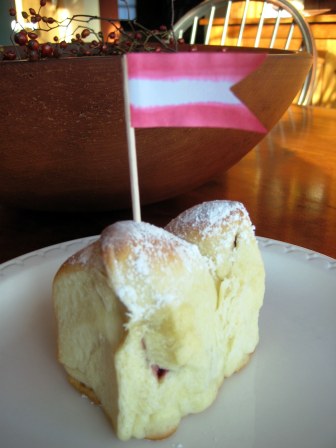
I baked one pan-full for my mom’s 87th birthday… and another batch for my family!

This batch was raspberry filling!
HOW-TO:
You’ll need about 5 – 6 cups flour, 2/3 cup sugar, 3 eggs, 5 tablespoons butter (or marg), 1 package dry yeast (2 -1/4 tsp), 5 tablespoons, sour cream, 3/4 cup milk, 1 teaspoon salt. You’ll also need your favorite pie/pastry filling. I use 2 cans SOLO brand for a generous amount of filling (you could make half & half… for example, half the pan with apricot & half the pan with raspberry).
I use my Kitchen-Aid mixer with the dough hook attachment, but you could mix the dough the old-fashioned way, by hand with a wooden spoon!
Add all dry ingredients (starting with 5-cups flour — reserve one cup flour and use as needed to bring dough together) — to bowl and give a quick stir with a whisk. Dissolve yeast in like warm milk (about 100 – 110 degrees F). Break eggs into another bowl and slightly beat. Finally, make a ‘hole’ in the center of the bowl/flour mixture and add ‘wet’ ingredients. Begin to mix/incorporate flour into center (or let the mixer do the work).
When dough is well mixed and ‘smooth’ place in a clean, greased bowel, cover with clean towel and allow to rise (double in size) for several hours. Punch dough down and work with half the dough at a time. Work/knead gently on floured board and roll out dough about 1/4-inch thick. Score/cut approx 12-squares (about 4″ X 4″) of dough. Prepare your 8″ X 10″ stainless steel baking pan. Drizzle vegetable oil in the baking pan to grease the pan – with a bit extra – to ‘roll’ doughnuts into – I place about 4 doughnuts across and 6 down…
Now, to form the ‘doughnuts’: take each square in your hand and place a generous tablespoon of ‘filling’ in the center. Gather up corners and pinch, to seal ‘jam’ in center – it doesn’t have to be ‘pretty’. Roll it a bit in the oil and place in pan. Continue ’til pan is filled. Cover with towel and allow to rest/rise for about 30-minutes.
Bake in 350 degree F oven for about 30 – 45 minutes, until golden brown. Cool on wire rack and sprinkle with XXX powder sugar. (My Oma taught me how to bake this recipe in her +100-year-old house on a wood-fired stove/oven!
Sweet memories…
Enjoy!


